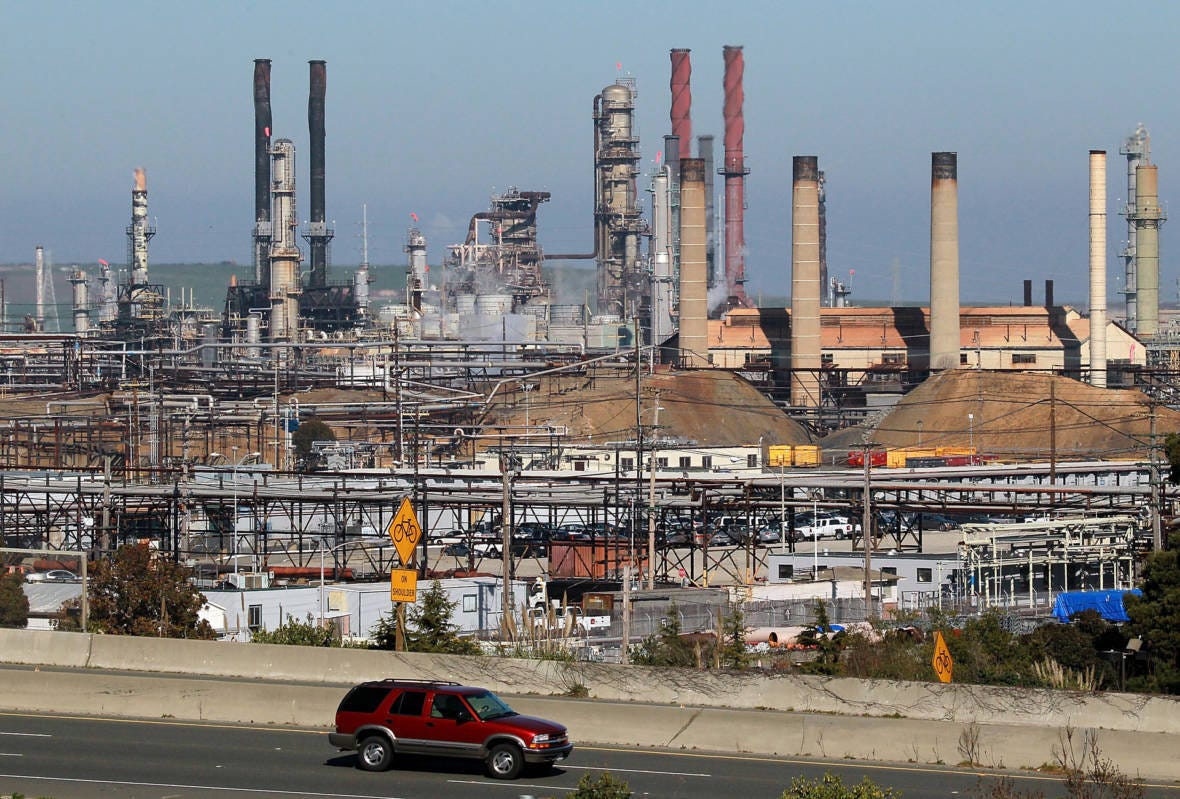Bay Watch
Northern California is an energy catastrophe waiting to happen.
“There is science, logic, reason; there is thought verified by experience. And then there is California.” – Edward Abbey
In September of 1876, drillers for California Star Oil Works (CSOW) struck oil in the Pico Canyon Oil Field near Los Angeles. The Pico No. 4 well was the first to produce crude in the state commercially and kicked off a rush of energy development in Southern California. Unable to capitalize its own growth, CSOW was acquired by the Pacific Coast Oil Company three years later, a newly incorporated enterprise formed to execute the acquisition. Pacific Coast grew rapidly and was eventually swallowed into the Standard Oil empire, which led to the formation of the Standard Oil Company of California (Socal) in 1906. Because of its role as a financial hub and its proximity to trade and shipping routes, San Francisco was chosen for Socal’s headquarters, and Socal became an industrial bedrock of NorCal in the decades that followed. After acquiring Gulf Oil in 1984, the company changed its name to Chevron, today the second largest US-based oil company with a market capitalization of about $270 billion.
Much has changed in the Golden State since the heady days of the early 20th century, especially Sacramento’s attitude toward the oil and gas sector. Through a combination of regulatory browbeating, relentless taxation, and outright lawfare, California has successfully transformed itself from a global energy superpower to a flaccid energy vassal, highly dependent on foreign and domestic neighbors to keep the lights on and motor vehicles moving. Throughout it all, Chevron kept its global headquarters in the Bay Area and significant operations throughout the state, staying loyal to its formative history. A month ago, it finally threw in the towel:
“Chevron Corporation announced Friday it would relocate its headquarters from San Ramon to Houston, Texas before the end of the year.
The oil giant has often been at odds with California state regulators and politicians over fossil fuels and climate change. Last year, the state sued U.S. oil companies including Chevron, the nation's second-largest, claiming they deceived the public about the risks of fossil fuels.
Chevron CEO Mike Wirth said the company differs from California on energy policy and regulation, leading it to depart from its California home of more than 140 years.”
The California business icon’s move to Texas is significant beyond the symbolism, especially for the 2,000 people who work for the company in San Ramon. It also calls into question Chevron’s remaining operational assets in the state, which include two major refineries—one in El Segundo, near Los Angeles, and the other in Richmond, near San Francisco. Here is the city of Richmond doing its part to influence the outcome:
“The city of Richmond has placed a measure on the November ballot that would tax Chevron $1 for each barrel of oil processed at its refinery there over the next 50 years if approved by voters. Proponents of the measure say it will help Richmond remedy the local effects of pollution from the refinery, the third-largest in the state. The Richmond City Council said the tax could generate as much as $90 million per year for the city.”
The fate of any particular refinery normally would not be meaningful in the global energy landscape, but Northern California is anything but a global market. Like the proverbial dog that caught the car, regulators in the state are suddenly alarmed to discover that only three refineries produce virtually all the gasoline consumed by NorCal’s 15 million residents, and any major disruption to these remaining facilities could instigate a severe economic crisis. After studying the issue closely for several weeks, we conclude such a scenario is more than likely. Let’s explore why.



